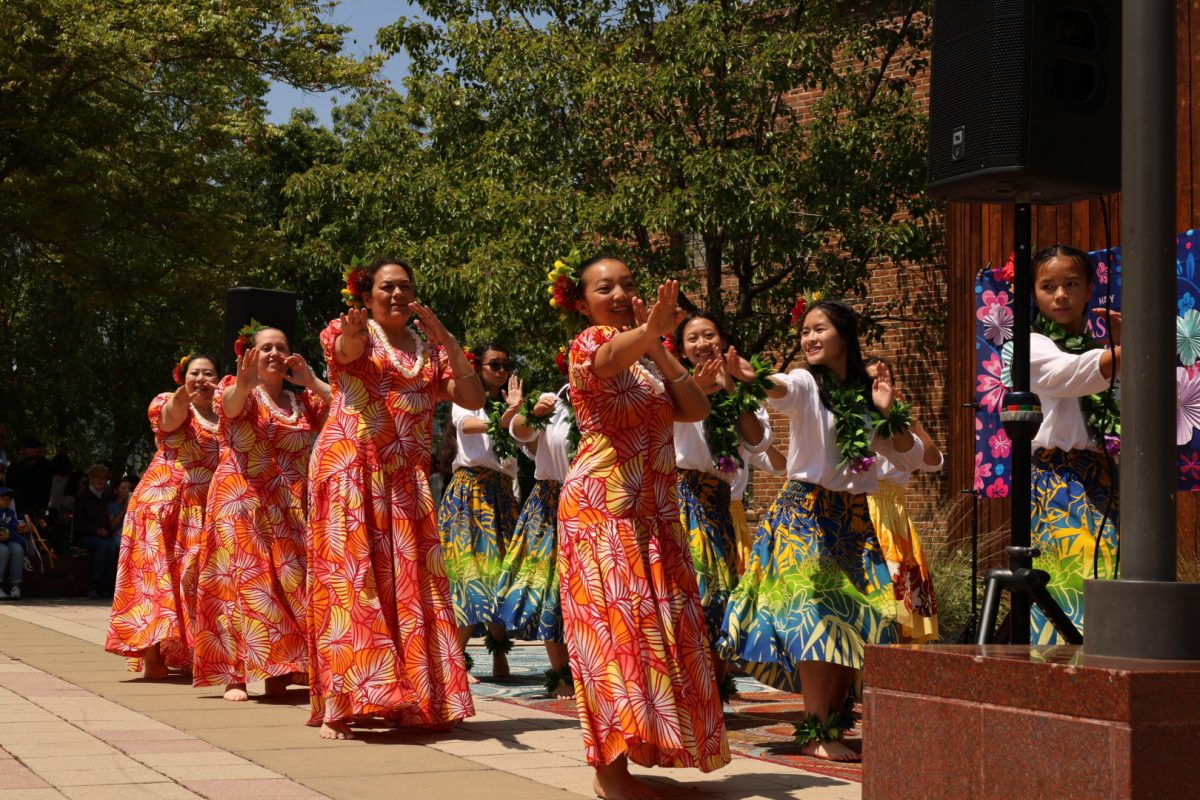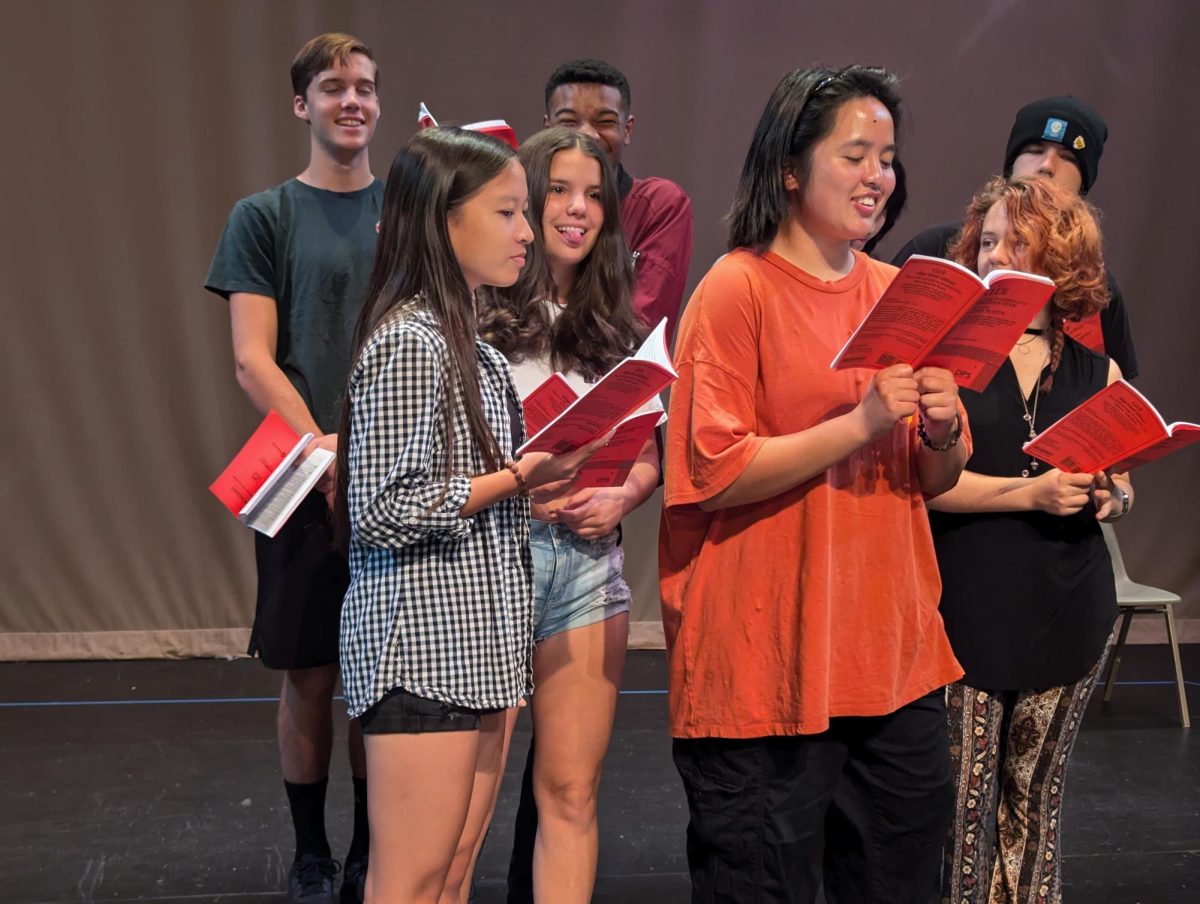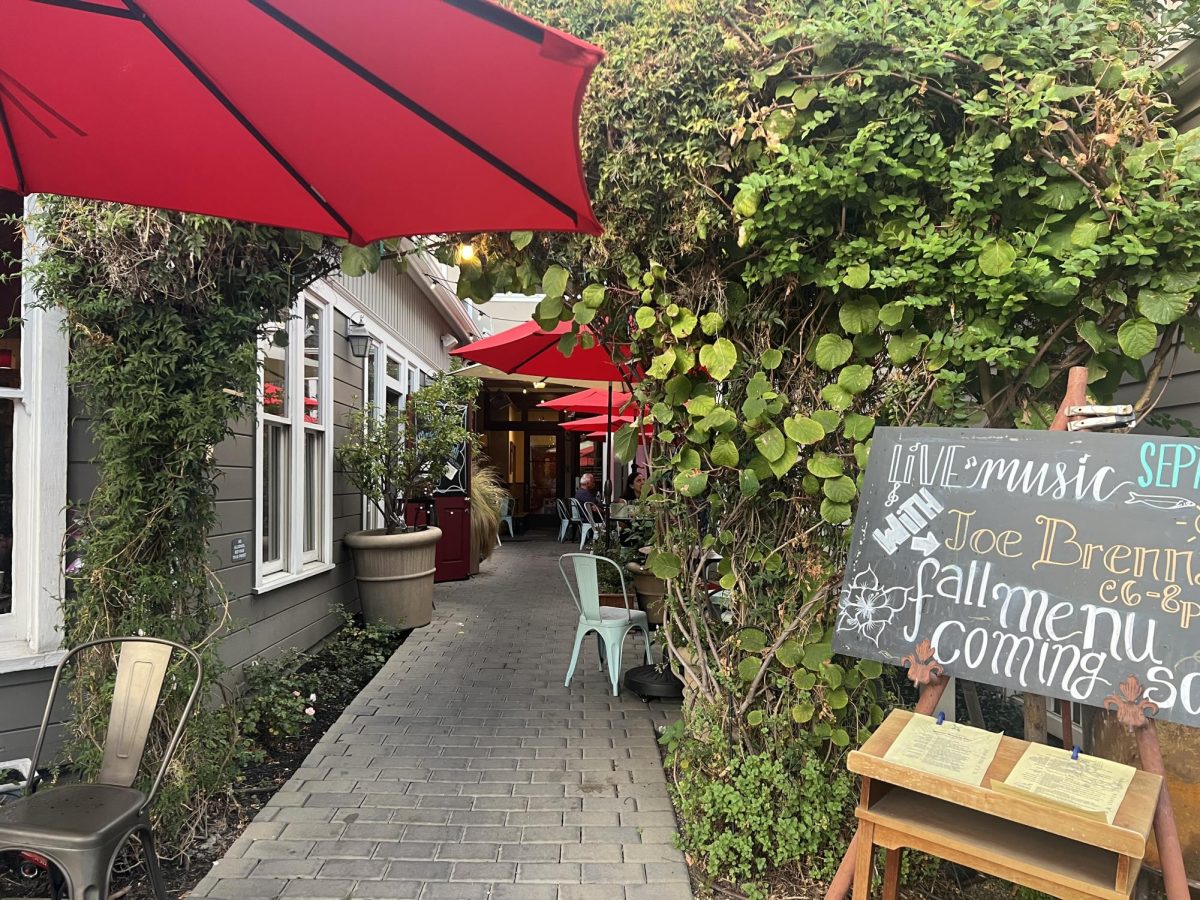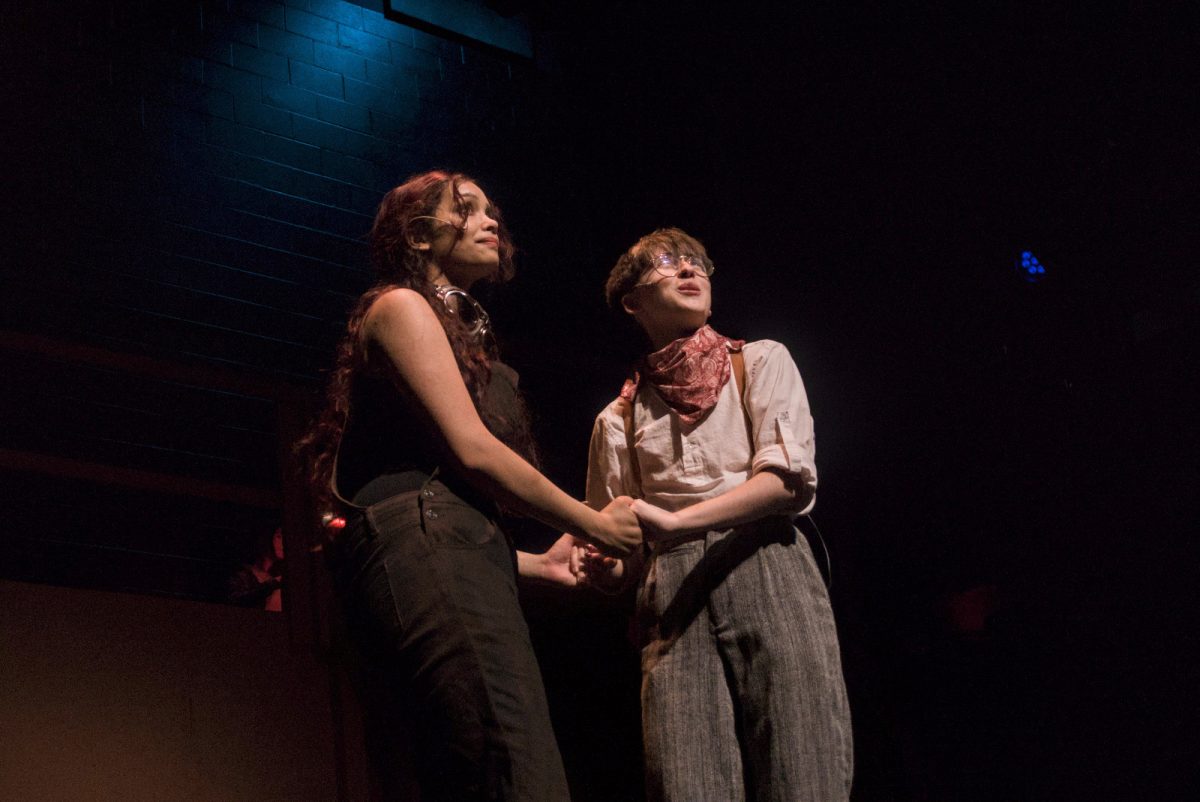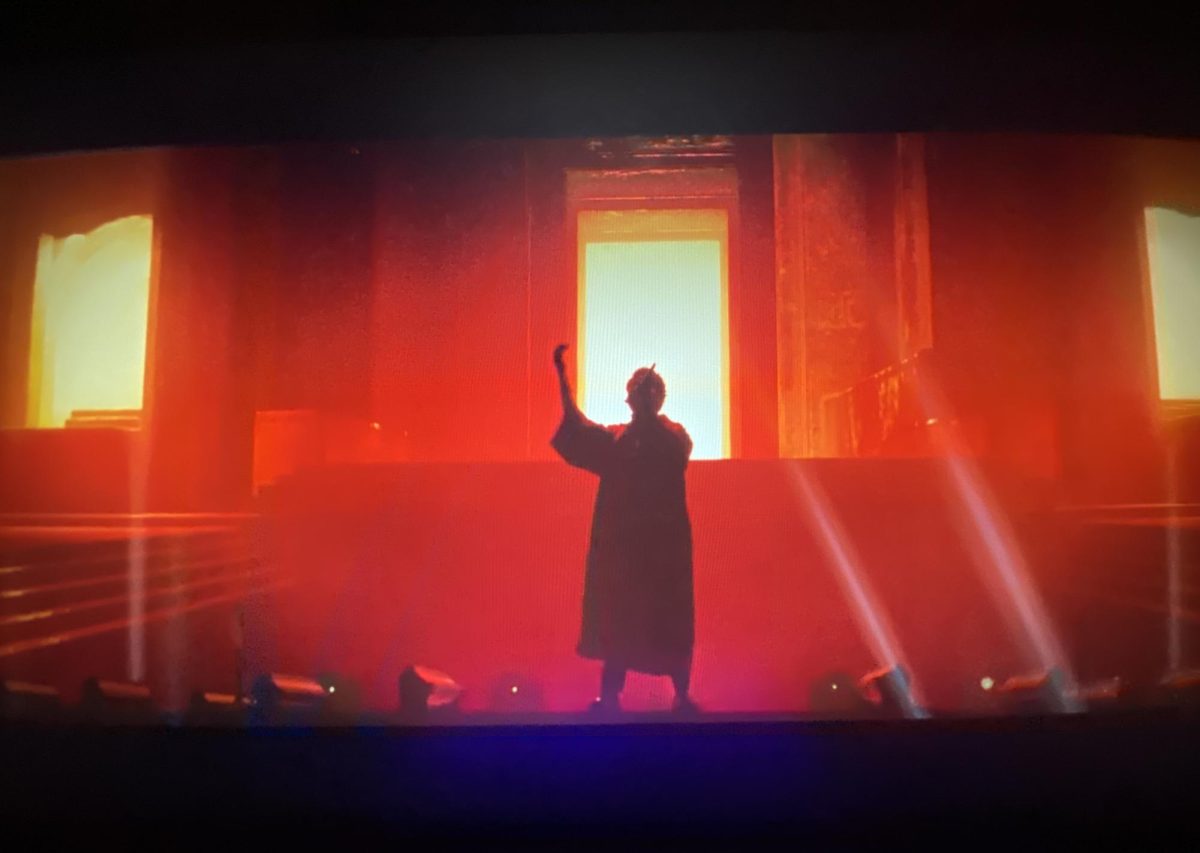On May 17th, the Firehouse Arts Center held a cultural celebration to commemorate Asian American Pacific Islander (AAPI) month. AAPI month, which encompasses the month of May, commemorates Asian American and Pacific Islander culture in the US by celebrating AAPI leaders, artists, contributions, and heritage.
“AAPI month is a wonderful tradition that really encompasses what Pleasanton is all about… It’s special because it’s a mix of both traditional and modern. Especially coming out of the pandemic… The feedback we got from the community is that we want reasons to get together. And it’s a way to celebrate that, even though there are lots of things that make us distinctive, it’s also that we have a lot in common,” said Planning Lead Sherry Winiflor Cheung.
The Performances and the “Why”
The event’s opener was Kariktan Dance Company, a Filipino dance group that performed traditional Filipino dances. Characterized by clinking glasses, colorful dresses, and beautiful flowers, the performers danced “Tinikling,” the national dance of the Philippines, and “Pandanggo Sa Ilao,” the mesmerizing “dance with lights”.
“Kariktan Dance Company was founded in 2004 to promote cultural dances and music from the Philippines. We range in age from high school all the way up into your adulthood, and we just want to expose more people to our culture and our music,” said Head Choreographer and Dancer Stephanie Herrera.
The dances hold significance on the outside and on the inside. For Herrera, performing the traditional dances of her culture represents recognition for a faction of people who don’t receive it much.
“When I was growing up, there weren’t a lot of these [types of performances]. There were some, especially in San Francisco, but we didn’t see as many of them throughout the Bay Area. So, we really wanted to let people see, especially Filipinos that aren’t with a lot of other Filipinos, that there’s a community for them – that they can see our dances and be a part of them, and to let other people see how beautiful our culture is,” said Herrera.
Following Kariktan’s performance was the Pleasanton Tri-Valley Hula School, or Hālau Makana Lani. The performing group was diverse, consisting of elementary school girls, teenagers, and younger and older women. They performed rhythmic hula dances to a series of chants and traditional Hawaiian tunes.
“Our group is dedicated to the preservation of the hula, the [Hawaiian] language, and the Aloha Spirit. It’s a lot of discipline and a lot of dedication. We practice once a week, but we also practice extra hours as we prepare for performances,” said Director Gloria Ruiz.
Hawaiian culture is often not well-known throughout the general public. Thus, Ruiz’s goal for the group is to share a unique culture with the community. Likewise, by opening her culture up to others, Ruiz looks to learn as well.
“We perform because we love sharing with our community. We love sharing the dance, and not only the dance, but also the spirit of the dance. [Our performances] expose people to Hawaiian culture, to Hawaiian dance. We also participate in viewing other cultures as they perform their dances and we learn as well,” said Ruiz.
Pallen’s Martial Arts, a martial arts company specializing in Filipino martial arts and Kajakamba, put on several high-energy, intense demonstrations. In one of them, students across multiple levels enacted realistic fight scenes that engaged the audience.
“We do our performances to promote our style and to get the word out for Filipino martial arts and Kajakamba. It gives us a reason to celebrate our ancestry and our culture. It shines a light on our style of martial arts, because not a lot of people know it,” said Martial Arts Instructor Cedric Novenario.
Finally, the last performance of the day was by Bollywood for Life, a local Indian dance company that teaches Bollywood dance. To conclude the event, the group invited the audience to join them in an energetic, high-spirited dance number.
“The performance is all about celebration. It’s all about happiness. It’s all about just getting together and having fun, and just forgetting about all the stress that’s in your life – that’s what these [energetic] songs and performances represent,” said Prasad Kamthekar, a dancer for Bollywood for Life and an audience member.
The Importance of AAPI Month
AAPI month holds great importance to communities in the Bay Area and beyond. It allows for diverse cultures to have the spotlight and for those who are away from home to share and celebrate their cultures with others.
“AAPI month means that we’re here. That we’re here, that we should be recognized and we should be noticed, and that we’re a part of this community just like everyone else. And it’s important that we get that recognition,” said Herrera.

